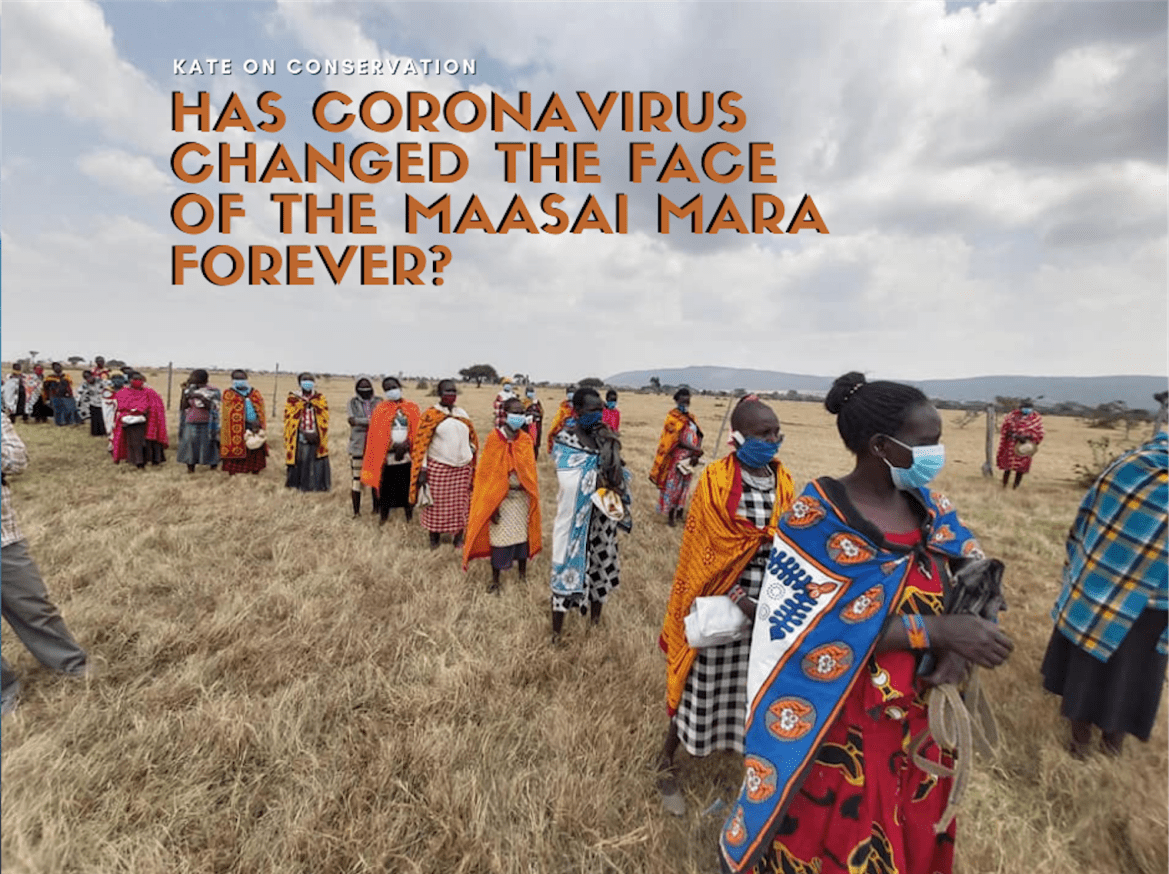
The Maasai Mara stays almost definitely primarily essentially the most iconic wild areas left on our planet. If the Earth is a physique, the Maasai Mara Nationwide Park and the encompassing Larger Mara are literally the planet’s heartbeat.
Thanks largely to tv sequence equal to Big Cat Diary, there are folks in all places on the planet fascinated regarding the Mara always.
Residence to numerous the planet’s most beloved giant cats (together with the world-famous Marsh Pleasure lions); famed for its million-strong migration of wildebeest, and synonymous with the semi-Nomadic Maasai folks themselves — iconic for his or her shiny crimson robes and vibrant beaded jewelry — the Maasai Mara is a singular place.
“Individuals in all places on the planet love the Mara; there are individuals who’ve by no means really visited notably particular person, however who’re lowered to tears merely speaking relating to the massive cats that dwell there,” naturalist and Big Cat Diary presenter Jonathan Scott outlined in an net panel converse earlier this 12 months.
“Big Cat Diary launched the wildlife instantly into folks’s properties and made it a extraordinarily specific particular person expertise. These are exact dwelling, respiration animals; they’re specific particular person dwelling creatures of their very private appropriate.”
The territory of those cats, who’ve undoubtedly captured a nation’s coronary coronary coronary heart, really extends earlier the border of the Maasai Mara Nationwide Park and into the Larger Mara.
The Larger Maasai Mara is an space of 6,000 sq km in Kenya on the border with Tanzania. It’s a part of the Mara-Serengeti ecosystem of +30,000 sq km and encompasses the realm travelled by what is called the Good Migration — the place 1.3 million wildebeest and 200,000 zebras change seasonally between the Serengeti in Tanzania and the Mara in Kenya.
“We ponder it as The Closing Place On Earth — there’s nowhere like this,” Jonathan Scott tells me. “It’s residence to an estimated 40% of Africa’s giant mammal species, nevertheless covers solely 0.1% of the continent’s land flooring.”
“It’s distinctive in that it fashions the usual for the remainder of world. If the world can’t defend someplace as distinctive and worthwhile as this, what hope is there? For folk, and for wildlife?”
The Maasai Mara amidst a pandemic
Though the COVID-19 virus took preserve in Kenya a little bit little bit of later than all through the Western world (with conditions rising in July and reaching a second, greater peak in November), the nation was plunged into coronavirus response hundreds earlier all through the 12 months; seeing a 98% fall in worldwide tourism and going via an excessive amount of uncertainty surrounding the timing and magnitude of their very private impending outbreak.
In Kenya, tourism contributes 9% of the Nation’s GDP, that suggests that at a time when the properly being care and utterly totally different sectors wanted funding to battle this lethal virus; the nation confronted dropping higher than $ 1.6 Billion in earnings from the tourism sector.
The priority for many conservationists was that such a drastic fall in worldwide tourism would inevitably see an absence of many livelihoods, resulting in fears of a doable improve in poaching out of monetary desperation, and even starvation for unlawful bush meat.
Early analysis of elevated poaching of endangered species in Botswana, coupled with neighbouring Tanzania failing to report any data on unlawful poaching, left many in a position to see the entire extent of the pandemic on Africa – and in even because of the months cross, hundreds nonetheless hangs by a thread, as tourism prepare stays lowered to zero, with camps and lodges shutting operations and furloughing employees.
Added to that the closure of native markets, thus stopping most households from producing money earnings from the sale of livestock, and the state of affairs would appear considerably dire.
Life all through the Mara in 2020
Lately, the inhabitants progress price has reached 10% on the peripheries of the park, which suggests there are quite a few youthful folks whose dad and mom depend on tourism for earnings. In loads of conditions, every specific particular person wage loss may very properly be serving to finish households of 10-15 folks.
In response to Jake Grieves Put collectively dinner, former chairman of the Kenyan Tourism Board, when March arrived and the primary case of COVID-19 was acknowledged in an arriving passenger on a flight from abroad, the Kenya authorities took ‘speedy and decisive motion geared in the direction of stopping the speedy unfold of COVID-19’ by stopping scheduled worldwide flights coming into the nation and by introducing a sequence of co-ordinated measures designed to maintain up Kenyans protected.
“These actions undoubtedly slowed the unfold of the virus on the outset and helped to maintain up it largely contained inside optimistic areas, however that they’d been made on the time when the virus was first acknowledged to have arrived in Kenya and before the nation was in a position to utterly assess the implications,” he explains.
Jake implies that the early closure of each factor of the tourism sector so early on had its non-public drastic impact on the lives of individuals dwelling in Kenya, far earlier the attain of the virus.
“In Kenya the demographics are [that] higher than half the inhabitants is aged beneath 20, with an virtually zero hazard of lack of life from COVID primarily based totally on the info, and fewer than 3% aged over 65; of whom solely a extraordinarily small proportion — lower than 150,000 — are all through the acute hazard 80+ age group which suffered tens of 1000’s of deaths elsewhere. Added to that, most of these 150,000 are females, who’re at rather a lot a lot much less hazard than males.”
“So Kenya merely wouldn’t have giant numbers of aged individuals who could also be at excessive hazard of dying and overwhelming the properly being companies,” he presents.
“Evidently evidently the overwhelming majority of individuals in Kenya don’t have any necessary hazard of lack of life from COVID inside the event that they get contaminated moreover they’re aged or within the occasion that they’ve a necessary underlying properly being state of affairs, and it’s these excessive hazard individuals who ought to be the first focus of consideration.”
Earlier to the worldwide outbreak of COVID-19, this a part of the world had already suffered enormously initially of 2020.
As soon as extra in January, higher than ten lodges and camps all through the Maasai Mara had been marooned by flood water after the Talek River broke its banks amid ongoing heavy downpours in Narok county.
The flooding had already created a meals scarcity amongst native indigenous households, however with the extra challenges of each tourism safaris and livestock markets shutting all one of the simplest ways proper all the way down to mitigate the hazards of rising conditions of COVID-19, households are actually going via an far more important scarcity of meals – and in flip, wildlife is being put beneath elevated stress from poaching and the human/wildlife battle.
Meals low cost response because of the impact of coronavirus takes preserve
As soon as extra in January, Jack Lekishon (The Clever Man), Director of Million Buck Vegan Meals Assist Efforts all through the Maasai Mara, started a promoting advertising marketing campaign to assist Maasai communities affected by meals shortages. As a result of the worldwide pandemic and its wider implications took preserve, Jack’s work and mission to assist households in want intensified.
For the last word 10 months now, he has been necessary a crew of volunteers on the doorway line, delivering donations made by way of the Maasai Mara meals low cost promoting advertising marketing campaign.
“On account of the the outbreak of the virus I’ve been delivering meals packages and hygiene parcels on a weekly foundation to those good households, orphans and widows. It has been a protracted mission to achieve almost definitely primarily essentially the most needy households and presumably primarily essentially the most inclined in rural areas and native villages,” he shares.
“The Maasai neighborhood relies upon upon tourism on an approximate price of 100 per cent,” Jack explains. “On account of COVID-19 pandemic, Kenya’s inside and exterior borders are closed and because of this actuality, there aren’t any associates. The livestock markets have been closed down too, making it troublesome for the neighborhood to construct up meals. They’re furthermore in want of hygiene merchandise, soaps and sanitizers.”
Along with the Eco Youths volunteer crew and Maasai Mara village elders, Jack has helped put collectively a daring meals low cost emergency plan to feed 1000’s of needy households, widows, orphans and presumably primarily essentially the most inclined folks – delivering not solely meals low cost donations, nevertheless furthermore masks and sanitizers, sanitary towels and utterly totally different hygiene merchandise, together with delivering educating packages to teach communities on prevention measures in opposition to COVID-19, whereas households preserve protected at residence.
“The Maasai neighborhood alongside the sting of the Maasai Mara Nationwide Reserve are already a inclined and marginalised inhabitants. Many locals have misplaced their jobs and their earnings has been lower off, and now households listed beneath are left with an necessary meals scarcity due to a horrible collapse of meals current all through the wake of the COVID-19 pandemic. Starvation and hunger is taking root in loads of determined households.”
“As folks internationally wrestle in opposition to the COVID-19 pandemic, the Maasai folks of East Africa have already needed to range their historic customs to attenuate the impact of the virus. The poverty prices are excessive as folks wrestle for livelihood choices in an financial system worldwide to their customized,” he presents.
“The native tour guides and the complete tourism enterprise stewards have misplaced their jobs and plenty of are struggling to outlive. The native Maasai ladies dwelling all through the “manyattas” — homestead like buildings — are unable to entry the essential wishes, notably in these occasions of lockdown and curfew, and faculties are nonetheless closed, which creates a wrestle for youngsters – who would have acquired meals in school.”
It’s not solely the native guides and tour operators who’ve misplaced a choice to preserve themselves. Many Maasai ladies furthermore depend on tourism as a present of earnings by way of the sale of their bead work, promoting merchandise equal to bangles, necklaces, hats, and Maasai cultural ornaments, together with entertaining the company in Maasai cultural villages.
“I’m looking for to assist almost definitely primarily essentially the most deprived ladies’s group all through the Talek house of Maasai Mara in Kenya,” Jack tells me. “These are the ladies who defend and improve the handicraft expertise, data and designs of the Maasai’s well-known bead and leather-based work.”
“They’re so joyful and grateful for each little little little bit of assist they obtain. These native ladies teams are watchdogs for wildlife and utterly totally different pure sources notably all through the conservancies (leased parcels of land for wildlife conservation) and they also’re in want of our assist.”
“These most deprived households don’t have any autos to get to the market, and even once they may get there, they don’t have any cash to purchase meals stuffs. The agricultural space retailers are shutdown and plenty of uncover that they need to stroll extended distances – generally taking your full day — in search for water for dwelling use.”
“The state of affairs is popping into additional important due to rise in conditions of the virus nonetheless rising and as a result of this the native indigenous populations have worry for his or her freedom of motion searching for meals,” Jack explains.
“We’re now combating in opposition to starvation and hunger together with a COVID-19 pandemic. Numerous these households are going for weeks with out meals in the slightest degree. This makes me sleepless. In some distant areas, some don’t even have entry to water.”
“I’m grateful for my Eco crew of volunteers for popping out and aiding meals low cost distribution, utilizing each vitality wanted to make this sort mission profitable. And naturally I’ve immense gratitude to the complete individuals who’ve donated to this meals low cost mission.”
Jack admits that he furthermore has concern for the safety of wildlife all through the realm. “As this Mara house is perhaps primarily essentially the most rich-wildlife house of Kenya-Maasai Mara Nationwide Recreation Reserve and Conservancies ecosystems, we worry for one of the simplest ways forward for conservation.”
“These folks defend almost definitely primarily essentially the most assorted wildlife conservation in East Africa, as guardians and eye-watch for almost definitely primarily essentially the most iconic and unimaginable animals; such because of the Elephants, Rhinos, Lions, Cheetahs, Leopards and Buffalos; together with the Small 5, Shy 5 & the not doable 5 animals all through the Maasai Mara.”
“By offering meals low cost, we administration any try of poaching for wild meat and charcoal burning all through the beautiful pure forests,” he explains.
“I’m grateful to collaborate with the native village elders to make sure equal distribution of meals to almost definitely primarily essentially the most needy households, and to the youth leaders who’ve tirelessly volunteered to hitch me and presents as soon as extra to the neighborhood in meals distribution and COVID-19 prevention measures consciousness.”
“I’m proud to proceed to steer this mission to make sure these wildlife stakeholders get right to use meals safety and clear water, together with utterly totally different essential gadgets required.”
The mandatory place of the Larger Mara Conservancies all through the face of pandemic
Roughly 25% of Kenya’s wildlife lives contained within the Larger Mara Ecosystem, a 4,500 km2 space of each neighborhood and guarded lands.
The Larger Maasai is world-famous as the house to the good migration, however over half of the Mara’s ecosystem is unprotected and has misplaced over 60% of its wildlife over the earlier 40 years to habitat loss, fencing for agriculture and human wildlife battle.
The Mara’s 14 wildlife conservancies – the primary of which was established in 1992 – present priceless buffer zones spherical elements of the reserve.
Conservancies are partnerships between landowners and tourism operators on non-public lands all through the Maasai Mara reserve. The conservancy mannequin all through the Mara ecosystem swimming swimming swimming pools tons of of individually owned land parcels into better tourism and livestock administration areas.
They’re the principle mechanism for securing wildlife residence, connecting habitats, and buffering parks and reserves in Kenya by displaying as an economically sustainable strategy of establishing each the wildlife and the land equally helpful to the livelihoods of native landowners.
Conservancies are furthermore the first mechanism for rising advantages to rural communities impacted by human-wildlife battle. The Larger Mara conservancies assist the livelihoods of roughly 13,500 households, or an estimated 100,000 folks, by way of direct employment and lease prices paid by tourism operators.
Ensuing from Covid, tourism corporations working all through the conservancies have restricted money accessible to fulfill lease obligations and conservancy working prices till tourism resumes.
Beneath frequent operations, the conservancies generate nearly $7 million of advantages to those communities. By July 2020, cancelled bookings all through the Mara’s neighborhood conservancies already exceeded $5 million due to COVID-19.
Responding to the collapse of tourism
The collapse of the tourism enterprise all by way of this pandemic has left parks, reserves, and wildlife conservancies stripped off the required funding wanted to take care of land and reward communities and personal landowners for the prospect value of coexisting with wildlife.
A really highly effective draw back is that not like parks and reserves that obtain some funding from nationwide and county coffers — albeit usually insufficient — conservancies rely utterly on tourism and grants from conservation companions and charities. Tourism earnings contributes between 80-90% of conservation administration prices in conservancies.
Core conservancy administration prices embody employees; primarily neighborhood rangers salaries, gear and presents wanted to make sure the rangers are largest in a position to actively forestall threats to communities and wildlife.
With out the frontline work of neighborhood rangers, human-wildlife battle, poaching and unlawful commerce in wildlife and wildlife merchandise will intensify.
The ecosystems contained within the Mara Conservancies are furthermore beneath hazard from native indigenous populations relying on charcoal companies and poaching for survival – equally as hundreds because of the Maasai Mara Nationwide Reserve itself is beneath hazard.
The Mara Conservancies serve a mannequin for community-based conservation in Kenya and former, and the failure of the Mara Conservancy mannequin all through the face of this disaster would have ramifications for the viability of neighborhood conservancy fashions far earlier the Mara.
The collapse of functioning conservancies has each human and biodiversity implications, and in danger too, is 30 years of effort and funding in community-based conservation.
As presenter Jonathan Scott outlined to BBC Wildlife earlier this 12 months: “The present stoop in purchaser income has prompted the federal authorities to allocate US$10 million for the 160 wildlife conservancies all by way of Kenya, highlighting the significance of the conservancy motion.”
At a wildlife conservation stage, Kenya merely can’t afford a collapse on conservancies that in the meanwhile cowl 11% of the nation’s panorama. Parks and Reserves are essential, however they alone don’t present ample safety and conservation for the plethora of wildlife that makes the Mara its residence.
Assist for the Larger Maasai Mara conservancies all by way of a pandemic
The Maasai Mara Wildlife Conservancies Affiliation (MMWCA) is a Kenyan dedication, to guard the upper Maasai Mara ecosystem by way of a neighborhood of protected areas.
It’s an umbrella group representing a complete of 15 conservancies masking an space of 1400 sq. kms – which is analogous as the scale of the Maasai Mara reserve itself — and represents over 15,000 land homeowners.
These land homeowners come from totally utterly totally different households, and normally obtain a month-to-month earnings by way of conservation and tourism.
MMWCA fosters partnerships between tourism operators and landowners. These landowners obtain a complete of nearly $5 million yearly for the lease of their land all through the conservancies.
This mannequin has been hailed as totally balancing pure biodiversity and poverty alleviation – empowering Maasai households and communities to steer in these conservation efforts and afford entry to schooling for his or her children.
I spoke to Daniel Sopia, CEO of MMWCA, who outlined: “A really highly effective challenges that we face all through the upper ecosystem [particularly in response to the decline in tourist numbers] are land privatisation and sub-division.”
“[The current situation around the Coronavirus crisis] has led to land product gross sales and likewise folks placing up fences, which may block the wildlife migratory corridors.”
With out a minimal of a portion of their month-to-month lease funds, conservancy landowners may promote their parcels of land to generate money for fast family wishes or convert land to agriculture to produce and promote meals.
As a way to forestall these outcomes, the Maasai Mara Wildlife Conservancies Affiliation has designed a collaborative method to coordinate a response to the COVID-19 disaster all through the Mara.
The MMWCA has helped put collectively the Mara Neighborhood Conservancies Emergency Assist Proposal, which fashions out the hazards that the present pandemic poses to the Conservancies in plain phrases.
Together with poaching, conservancy landowners can also be compelled to promote and/or convert their land to agriculture – effectively destroying the conservancy mannequin and with it almost definitely primarily essentially the most promising and progressive conservation methods anyplace in Africa.
“The failure of the Mara Conservancy mannequin all through the face of this disaster would have ramifications for the viability of neighborhood conservancy fashions far earlier the Mara,” Daniel reiterates.
“To not degree out that fences and sub-divisions of land may doubtlessly block the wildlife migratory corridors that the good migration relies upon upon upon.”
In response to the proposal, key stakeholders have come collectively to position money into sustaining important conservancy operations and lease funds to landholders all by way of this time.
“Lease prices funds proceed to be made to cushion landowners in opposition to this disaster, with a view to discourage them from pondering of promoting land,” Daniel explains, “Conservancies with the assistance of MMWCA have negotiated for lease prices low price by 50% all by way of this disaster, given the loss in tourism, which is the income for leases”.
The Assist Method devised by MMWC of their Emergency Assist Proposal is concentrated on creating working assist for 10 conservancies which had been working with out donor assist, together with Lease Assist for seven conservancies which can be structured on assured lease funds.
“Conservancies that don’t function on assured leases however depend on day-to-day ticket prices from visiting vacationers have an infinite disadvantage forward, and MMWCA is working onerous to mobilize sources for leases and conservancies main working funds,” Daniel tells me.
The plan targets to maintain up conservancies intact, defend family earnings, restrict poaching and human/wildlife battle and cut back land-use change.
“There are 2 necessary monetary reserves wanted to supply for the short-term functioning of the conservancies whereas paving among the best methods for his or her long-term resilience as a self-sustaining ventures as rapidly as this disaster has handed. These are are a Conservancy Operations Fund and a Lease Assist Fund.”
The Conservancy Operations Fund refers to pooling assist from numerous donors, to supply sources for the month-to-month working prices of the conservancies, usually funded by way of tourism income, for a interval of 12-18 months.
The Lease Assist Fund is for tourism companions to supply entry to funds (low-interest loans to cowl 25% of their lease obligations) that may enable them to fulfill lease worth obligations to landowners which can be enough to maintain up the lease agreements.
Some specific particular person conservancies and companies are launching their very private fundraising efforts to assist offset prices, all of which is ready to seemingly be factored into the distribution of accessible funds; establishing transparency and collaboration all by way of the conservancies.
“Though The proposed method consists of serious sacrifice from every of the principle stakeholder teams: It’s within the best curiosity of the landowners, the tourism companions, and the donors to work collectively to maintain up the conservancy mannequin – defending future conservation worth, neighborhood advantages, and tourism earnings,” Daniel says.
“It will be important now that work is accomplished to deal with perceptions of conservancies as a constructive power all through the Mara, central to creating selections and delivering low cost for native folks all by way of the disaster and to strengthen collaboration and collective, coordinated motion between key stakeholders, together with landowners, communities, tourism companions, NGOs, donors and authorities.”
As soon as extra in July Daniel Sopia reported “All of our Mara Conservancies are working correctly in the meanwhile frequent monitoring patrols. MMWCA is operational, all our employees nonetheless have jobs and are working from residence and we’ve not lose any of our current companions or funders.”
The worry is that all through the following months and unsure 12 months forward as we enter 2021, that may correctly change nevertheless.
Life on the Mara after Covid-19
For all the worth that tourism brings to the native monetary system and indigenous communities all through the Mara, there’s no denying that earlier to the outbreak of COVID-19, the stableness had begun to tip as of late in relation to the environmental impact.
“Tourism is a mainstay of Kenya’s monetary system and essential to funding the conservation of areas an identical to the Mara. Nonetheless the explosion in camps and lodges means as rather a lot as 100 autos now jostle at river crossings, impeding the protected passage of wildebeest and zebras, whereas dozens crowd spherical predator sightings,” Jonathan Scott penned in BBC Wildlife earlier this 12 months.
The mix of too many autos, an ever-growing abundance of latest camps and lodges, and the persevering with emergence of latest, unbiased safari guides and experiences has undoubtedly had an altering have an effect on on this famously open panorama.
May Coronavirus be a possibility to re-balance?
One remaining outcomes of those present occasions of virus controls and nationwide lockdowns is that after dwelling and undoubtedly worldwide journey begins to re-open, many individuals will seemingly be wanting to return to nature and outside holidays, moderately than busy inns.
Though presently impacted by a peak all through the virus’ transmission price, Kenya has a wonderful dwelling tourism market when not impeded by Covid-related restrictions. Not like Rwanda and Botswana, who’ve invested utterly of their excessive finish worldwide tourism, the Mara’s enchantment and accessibility to its neighbours may go in its favour financially when the tourism sector begins to get greater.
The African Journey and Tourism Affiliation confirmed that earlier to the newest rise of Covid transmissions in Kenya, the native market — notably the expat neighborhood in East Africa — had been benefiting from specific gives rolled out whereas the worldwide journey market is on preserve.
The Maasai Mara could possibly cater for a predicted shift in purchaser behaviour, the place household or pal teams can also be looking for to lease full camps as a non-public group as a substitute of blending with others.
One concern raised at on-line webinar titled ‘The Extreme-quality Stability Between Tourism and Conservation all through the Maasai Mara’ in July this 12 months was that – in the meanwhile – safaris had been nonetheless working, however social distancing measures meant that autos had been carrying not more than 4 agency a time, as a substitute of as rather a lot as 10.
“Long run factors post-corona, are that we can also be rising the variety of autos by having fewer folks per automotive, however will return to having the an an identical numbers of individuals arriving all through the Mara lastly. The presence of too many autos has already been affecting river crossings, even with the foundations of 5 autos per wildlife viewing,” Jonathan Scott outlined.
It’s evident that panellists on the occasion felt that the Coronavirus disaster may current an surprising varied to re-address the stableness all through the Mara and Larger Mara conservancies – an opportunity of fewer vacationers and/or better enforced pointers.
Collectively panellists often known as for the next worth to be positioned on this distinctive a part of the world; with greater costs to duplicate that, noting that, “even present park prices are usually not advisor of the worth of the Mara.”
The first concern was that the Mara – an already under-valued asset — would find yourself further under-cutting itself in try to attraction to associates as soon as extra in.
“One moderately priced resolution could possibly be a tier system of assorted park prices for diverse areas, however lowered prices for native Kenyans,” urged wildlife photographer Adam Bannister.
Completely totally different concepts included: conservation tax (an concept initially raised by famend house biologist Dr George Schaller); a lottery system for these wanting to see the wildebeest migration as a choice to cut back the variety of autos at river crossing, and an enforceable moratorium on establishing new camps to cut back the variety of pop-up tour operators undercutting costs.
For a similar motive because of the latter, it was put ahead that driver guides in Southern Africa are required to spend a 12 months qualifying – and presumably it’s time for Kenya to have a look at go properly with.
What’s subsequent for the Maasai Mara following Covid-19?
It’s clear {{that a}} very extremely efficient change going ahead earlier this horrible properly being disaster is to make the Mara additional sustainable.
“Considerably, a promoting advertising marketing campaign has been launched at native and nationwide stage to have the Mara designated a World Heritage Internet web page by UNESCO – a course of to be accomplished by 2022,” Jonathan explains.
“A coherent administration plan for the whole reserve, with a moratorium on the occasion of camps and lodges and stricter administration of tour autos because the required outcomes. This has extended been the norm all through the Mara Triangle, which is run by the Mara Conservancy”
Alongside the tireless work of people equal to Jack Lekishon and his Maasai Mara meals low cost promoting advertising marketing campaign low cost programme; Daniel Sopia’s work with the Maasai Mara Wildlife Conservancies Association and the persevering with promoting advertising marketing campaign work of Jonathan Scott – who alongside collectively alongside together with his associate Angela has been a worldwide advocate for the safety of the Maasai Mara for a very very very long time (and notably all by way of this pandemic); unbiased companies are furthermore arising with new and novel methods to guard this distinctive and spectacular wild panorama.
Undertake-an-Acre of the Maasai Mara
By the “Undertake-an-Acre” plan from Gamewatchers Safaris, contributors can undertake an acre of land all through the conservancies for a 12 months with a donation to the Wildlife Habitat Notion.
Wildlife Habitat Notion has been arrange as a fund to assist to pay the land leases — in order that the Maasai households can proceed to amass the charges for the renting their land, and the conservancies can dwell on with out the earnings normally acquired by way of tourism, wanted to pay these rents.
Yearly, the 42,500 acres of protected wildlife habitat leased by Gamewatchers Safaris would normally present an earnings of practically US$1.5 million to the neighborhood, producing US$35 per acre for the native folks, with US$20 going to funds for land rents and US$15 to wages.
Adopting 1 acre of land for a 12 months by way of this new scheme requires a donation of US$35, of which US$15 goes to conservancy and camp employees wages and US$20 goes to the households. Adopting 5 acres requires a donation of US$175, which suggests US$75 going inside the route of the wages of the 247 Maasai employees and US$100 going inside the route of lease funds to tons of of households. And adopting 30 acres requires a donation of US$1050, with US$450 going to wages and US$600 going to the households.
As an added incentive to attract associates to the realm as rapidly as tourism is restored, organisers are providing supporters who undertake 30 acres or additional the chance to amass credit score rating score from Gamewatchers Safaris for a similar quantity donated, for use for worth of a preserve at any of the Porini Camps in 2021 or 2022.
“The COVID-19 pandemic has created a mannequin new actuality that we hope will make defending the pure world a precedence for each nation,” Jonathan Scott observes.
“The Mara is the jewel on the coronary coronary coronary heart of Kenya’s tourism enterprise. If nurtured, there isn’t any motive why it mustn’t prosper, and why it’s magnificent grasslands mustn’t echo with the roars of iconic creatures. If I had ultimately left, Angela and I’d spend it all through the Mara.”
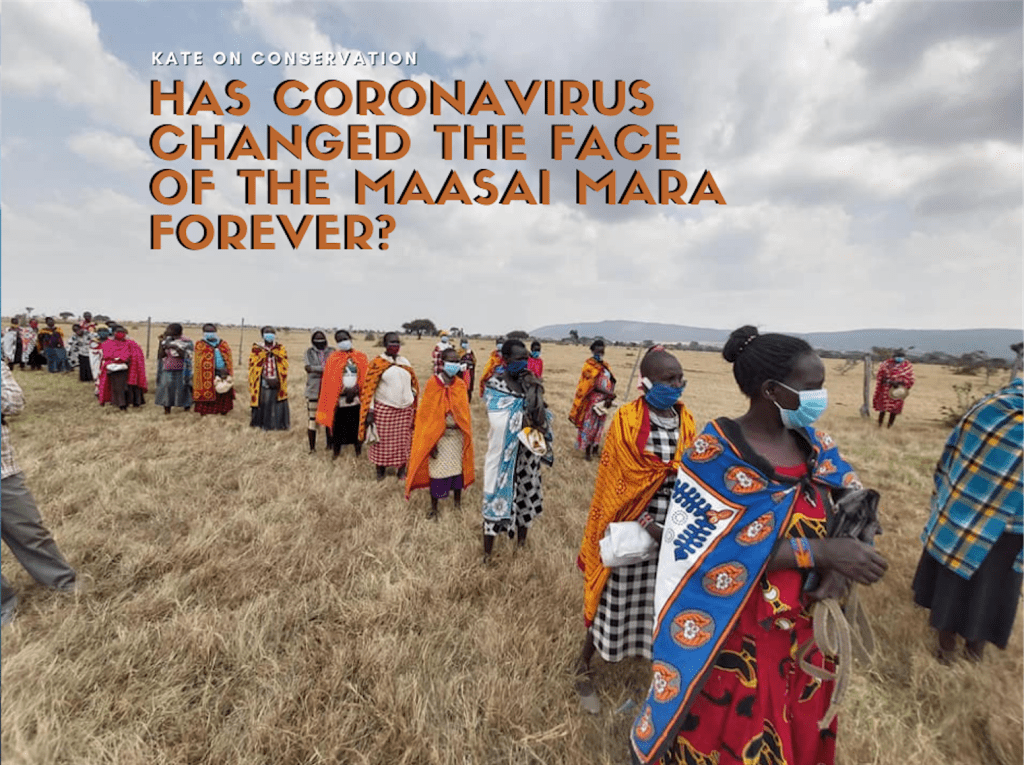
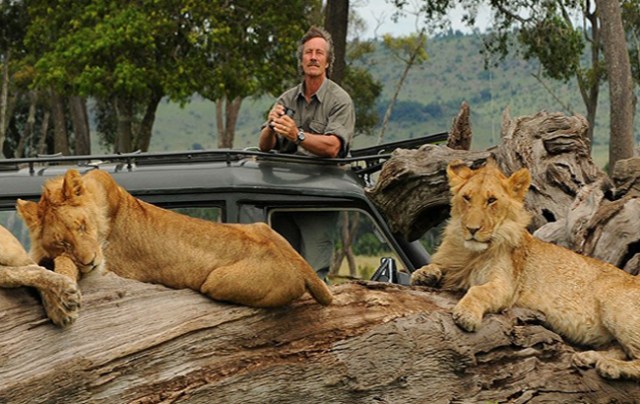
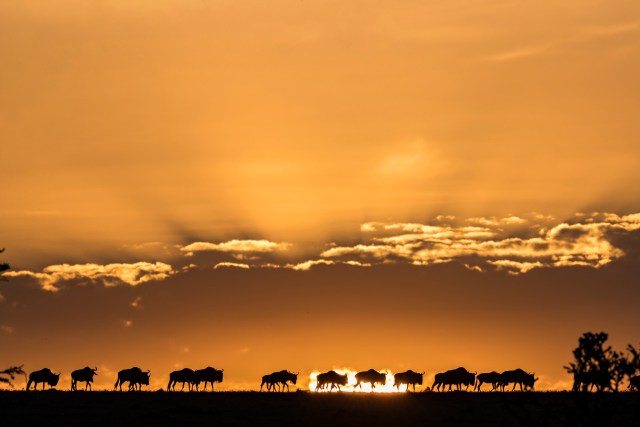
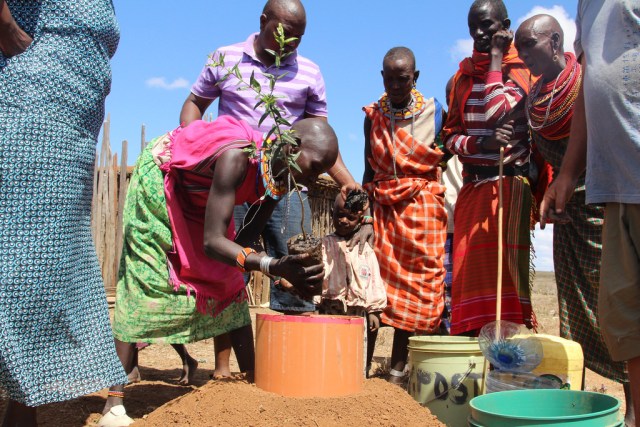
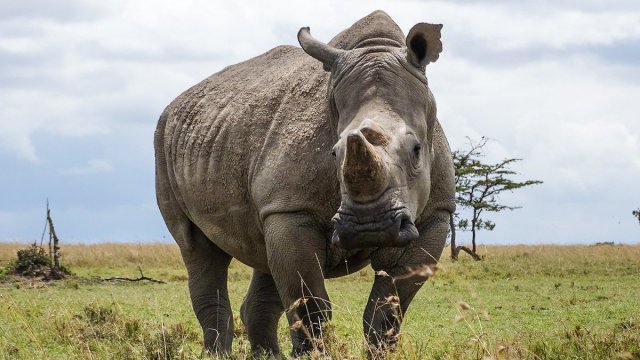
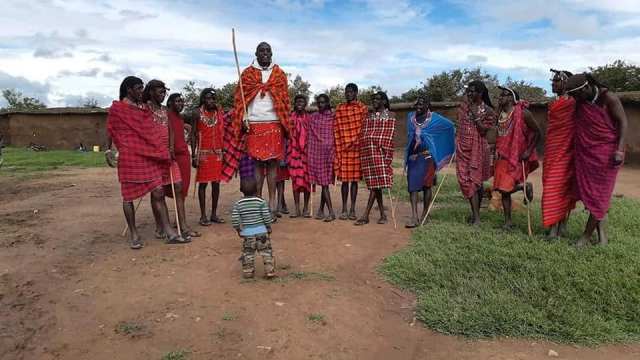
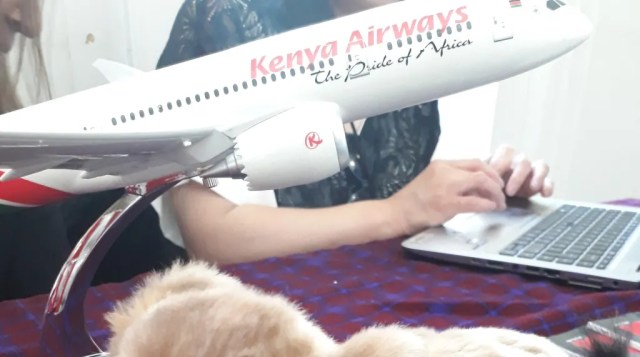
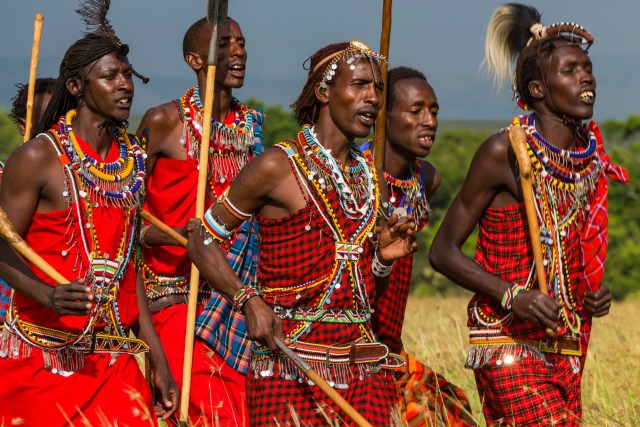
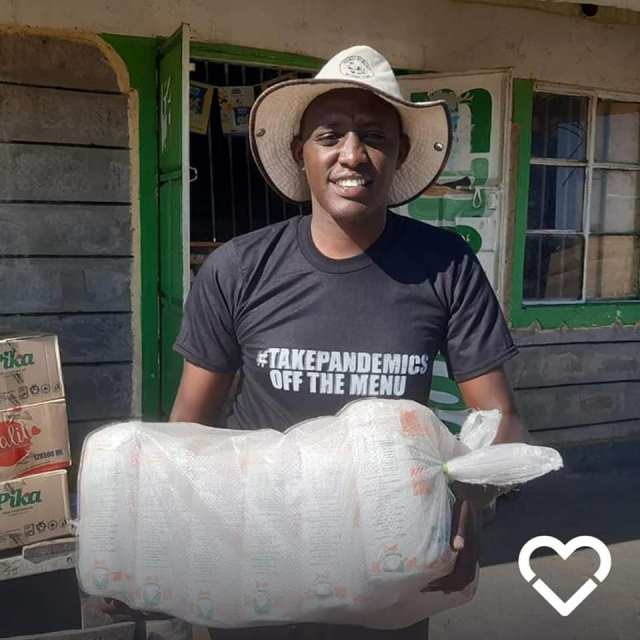
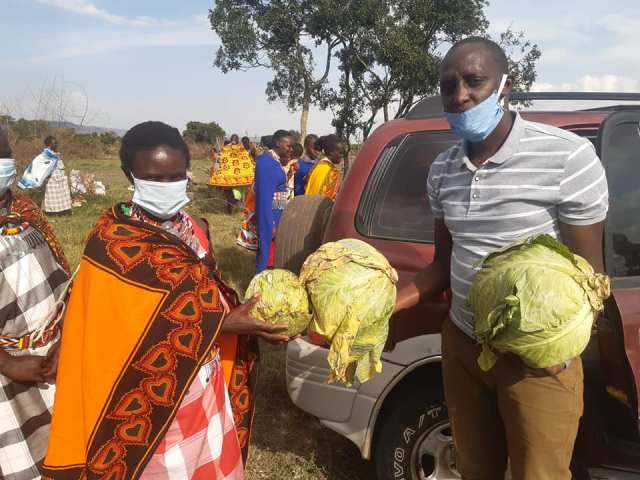
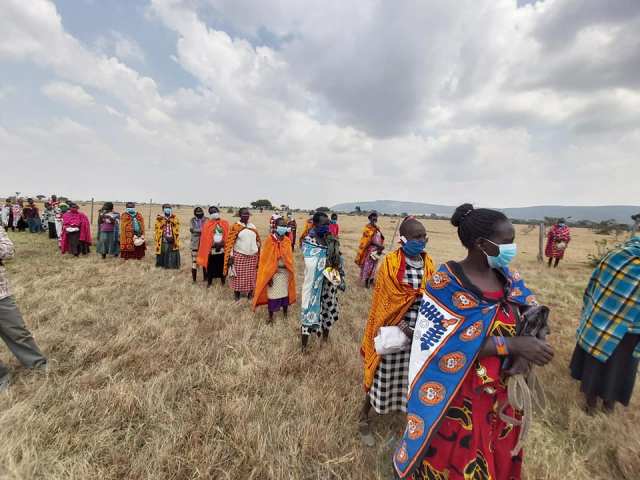
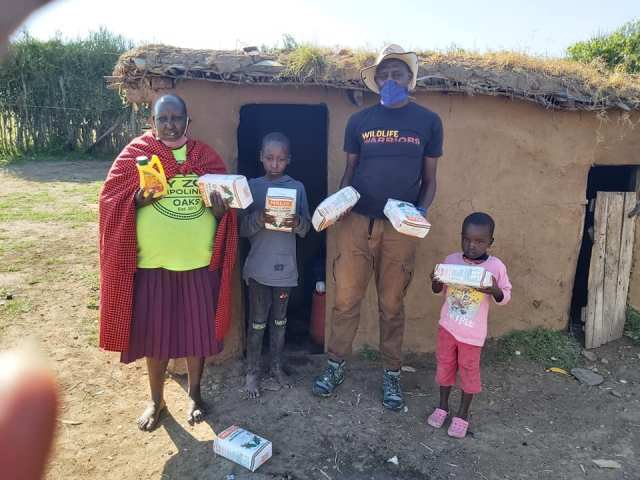
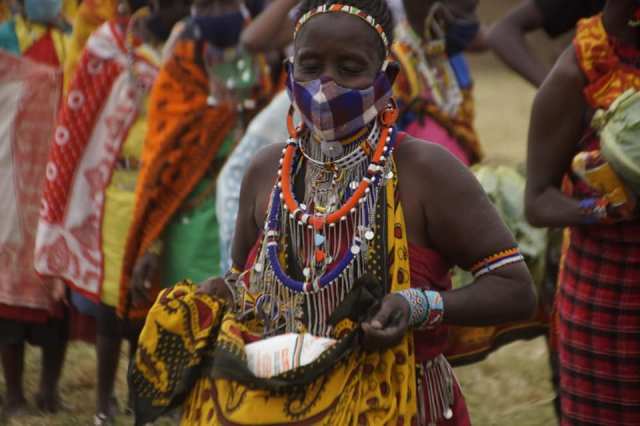
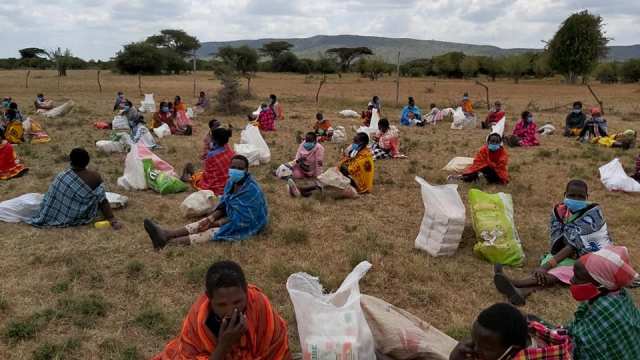
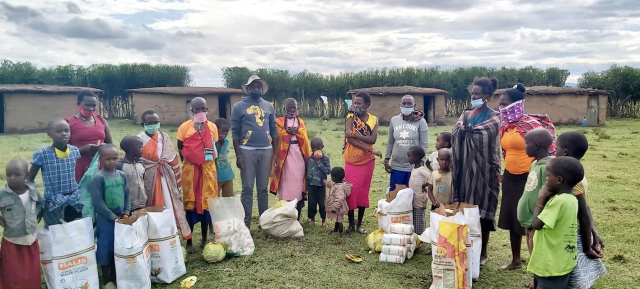
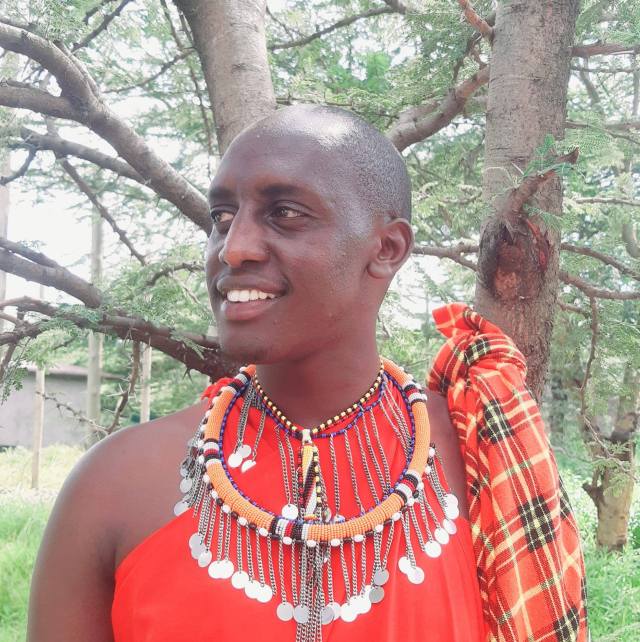
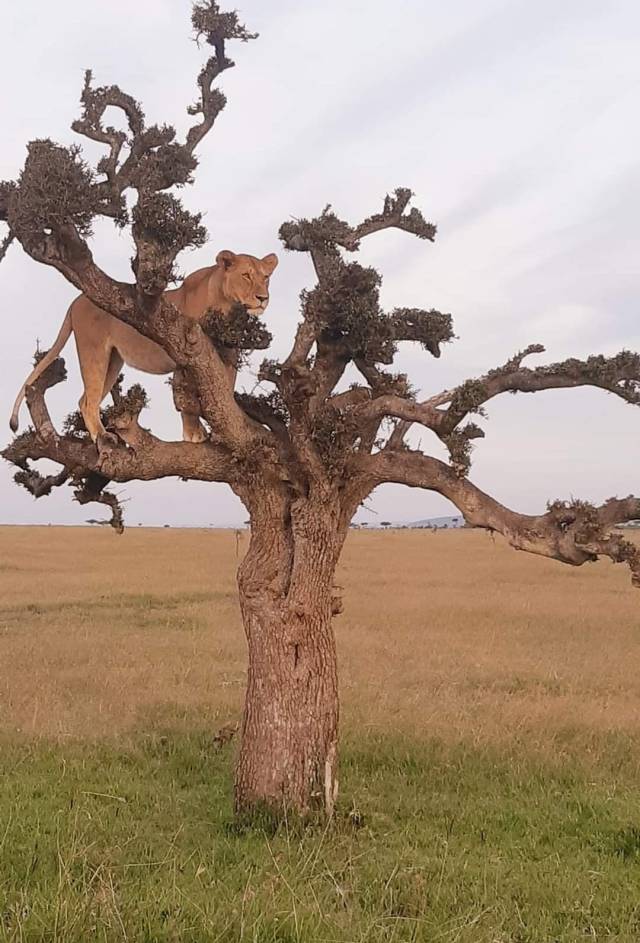


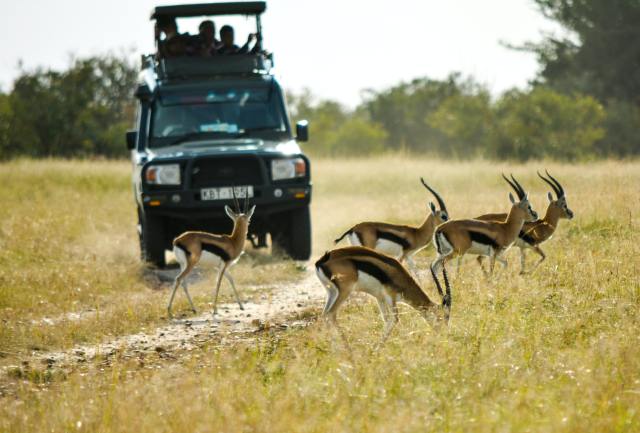
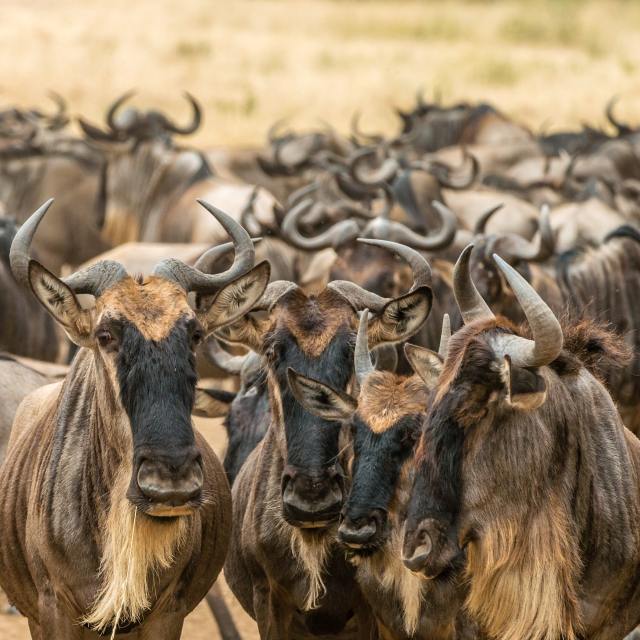
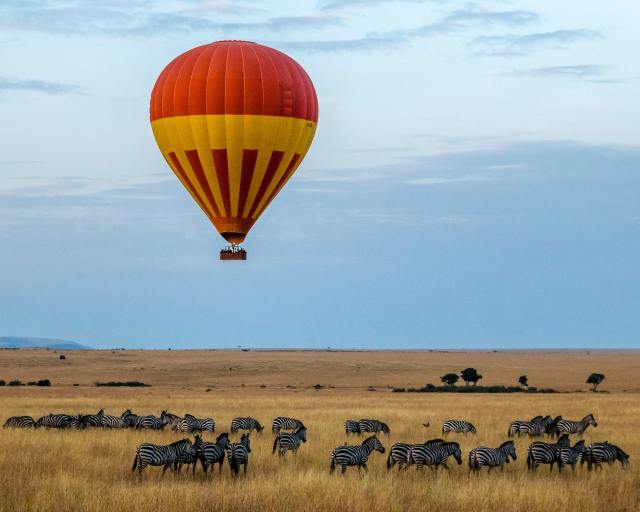
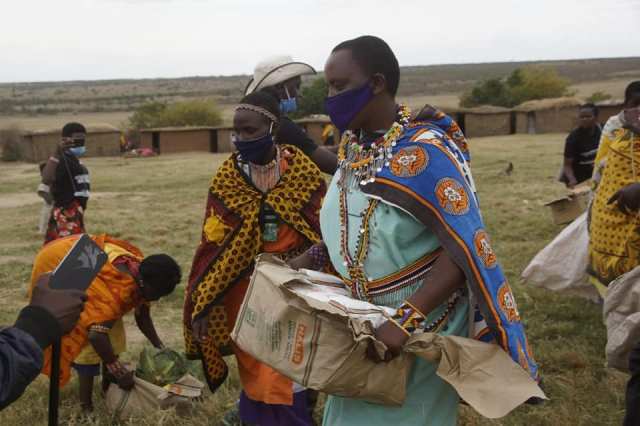
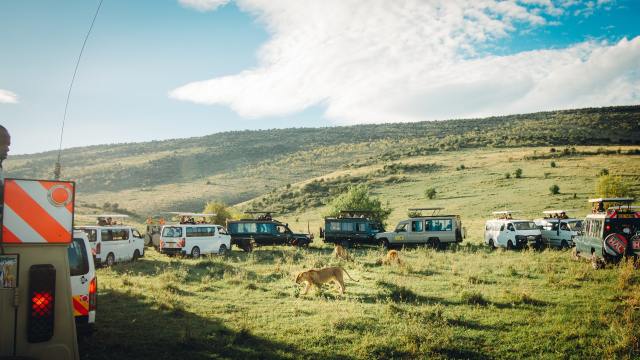
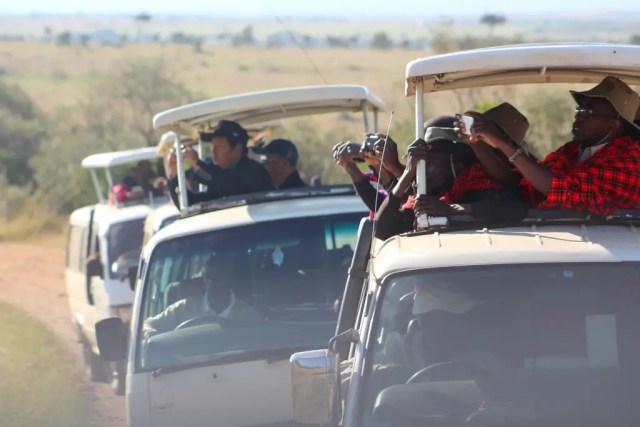
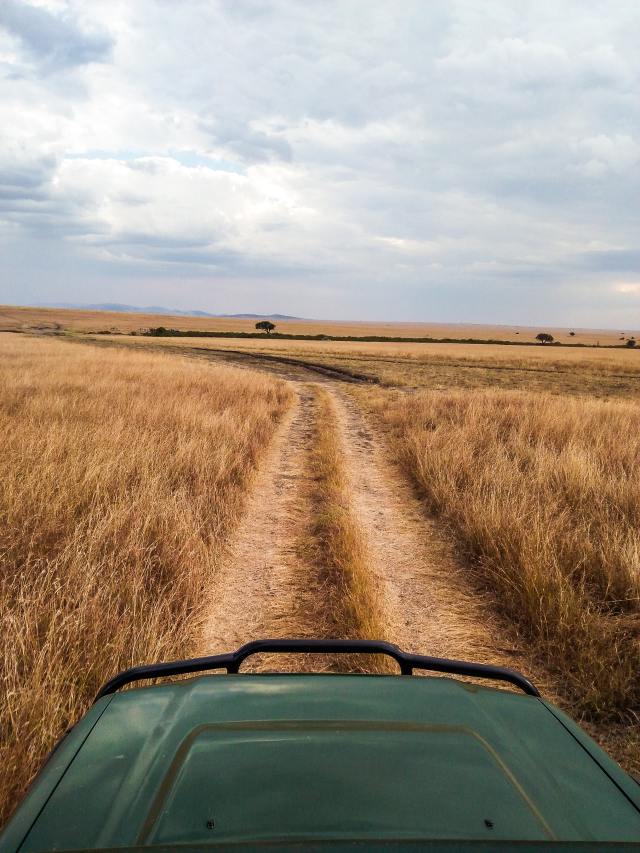
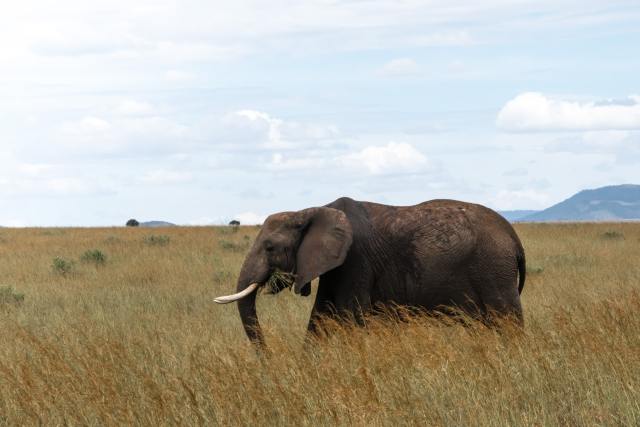
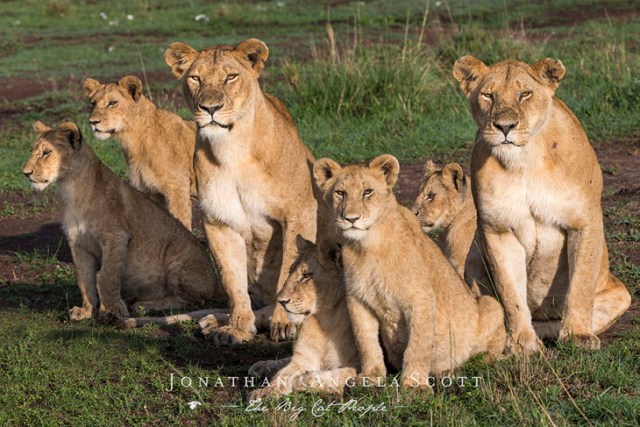
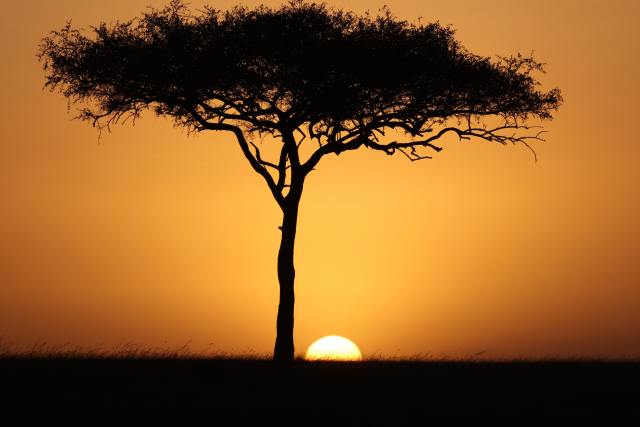
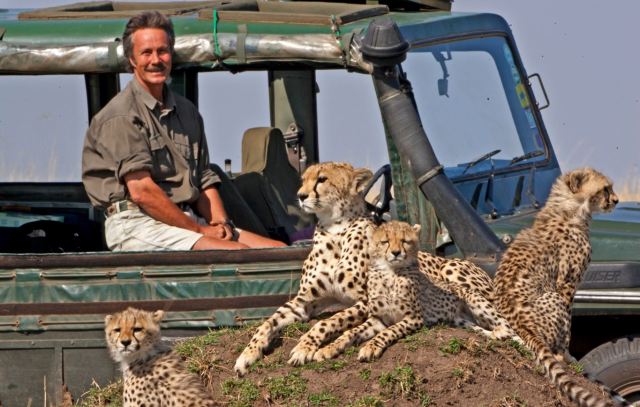
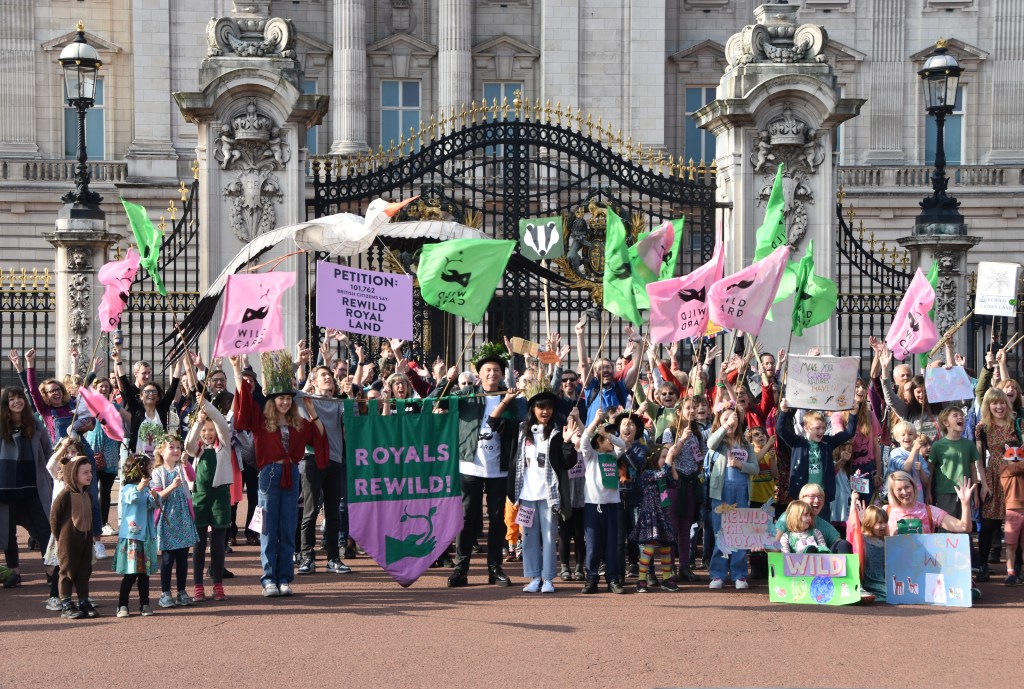
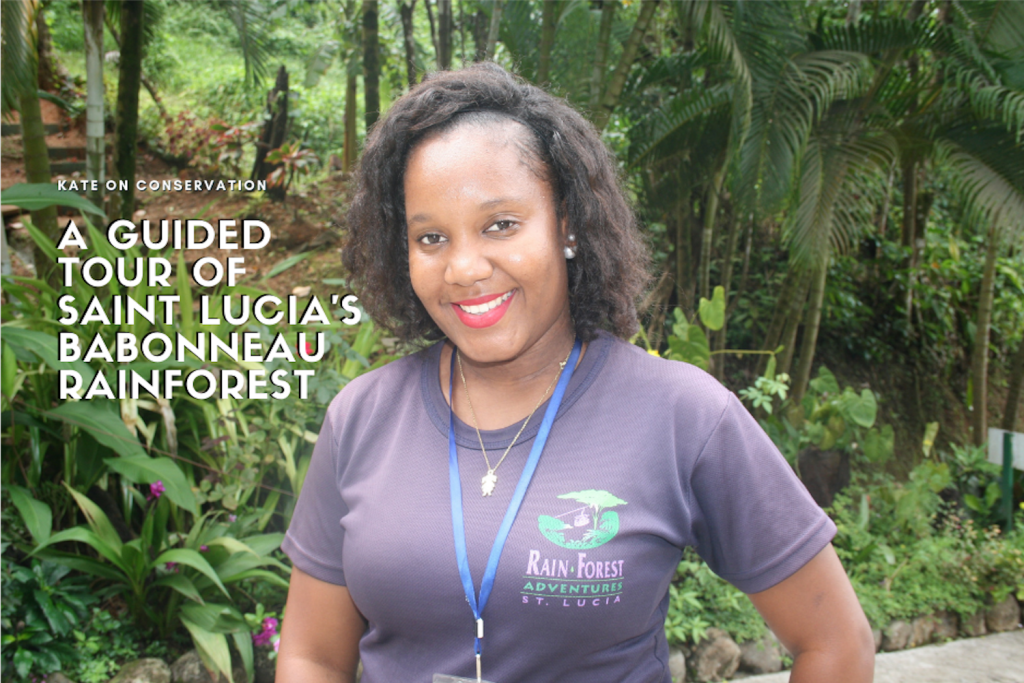
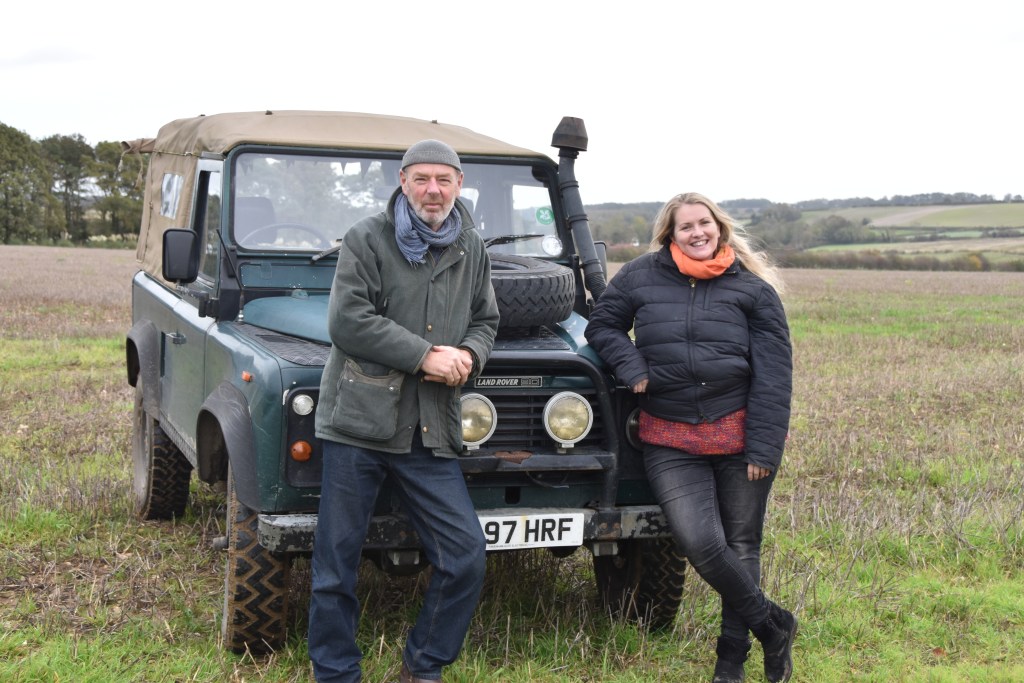

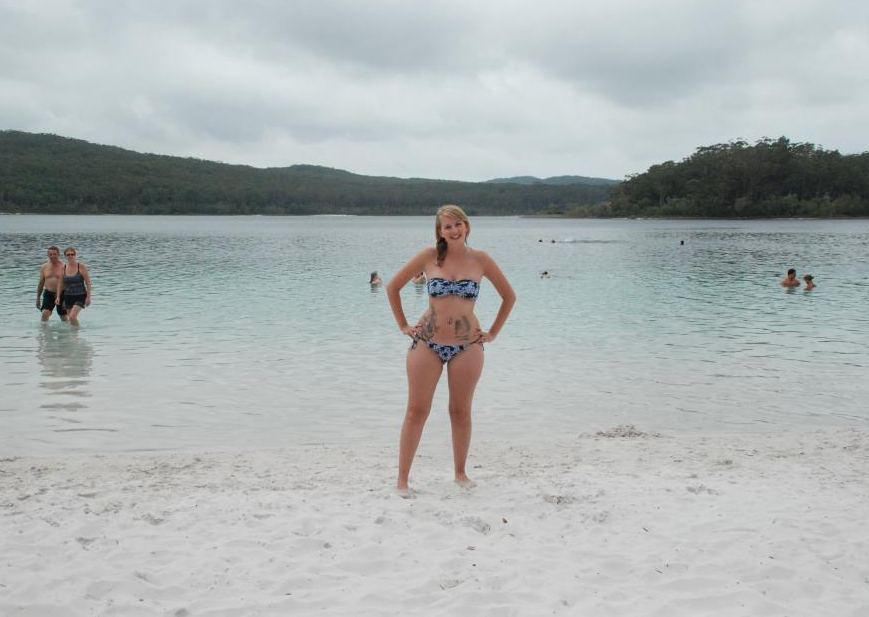
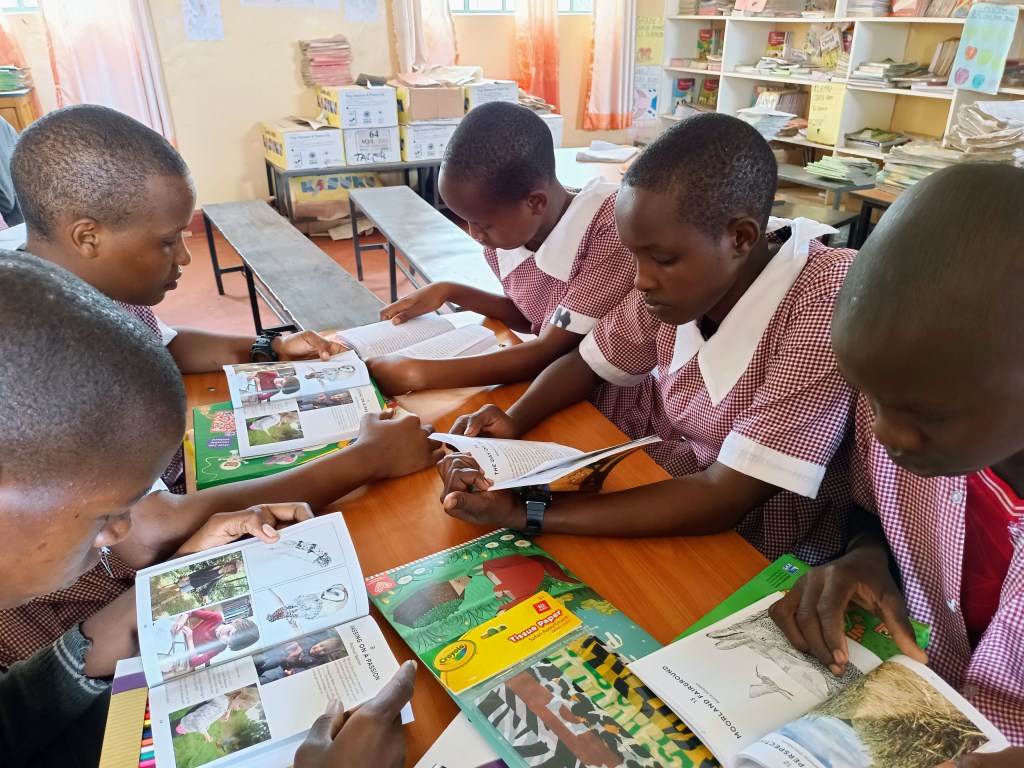
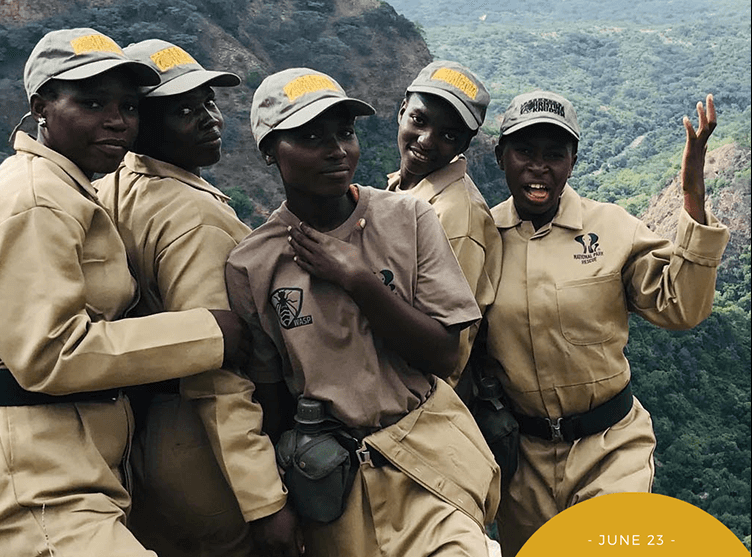


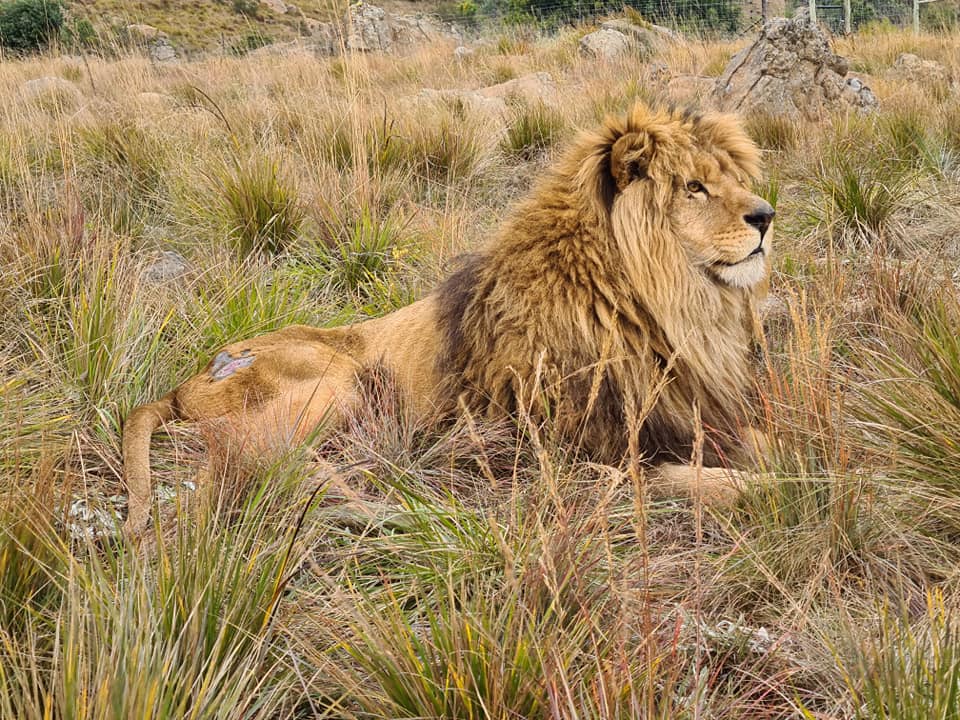
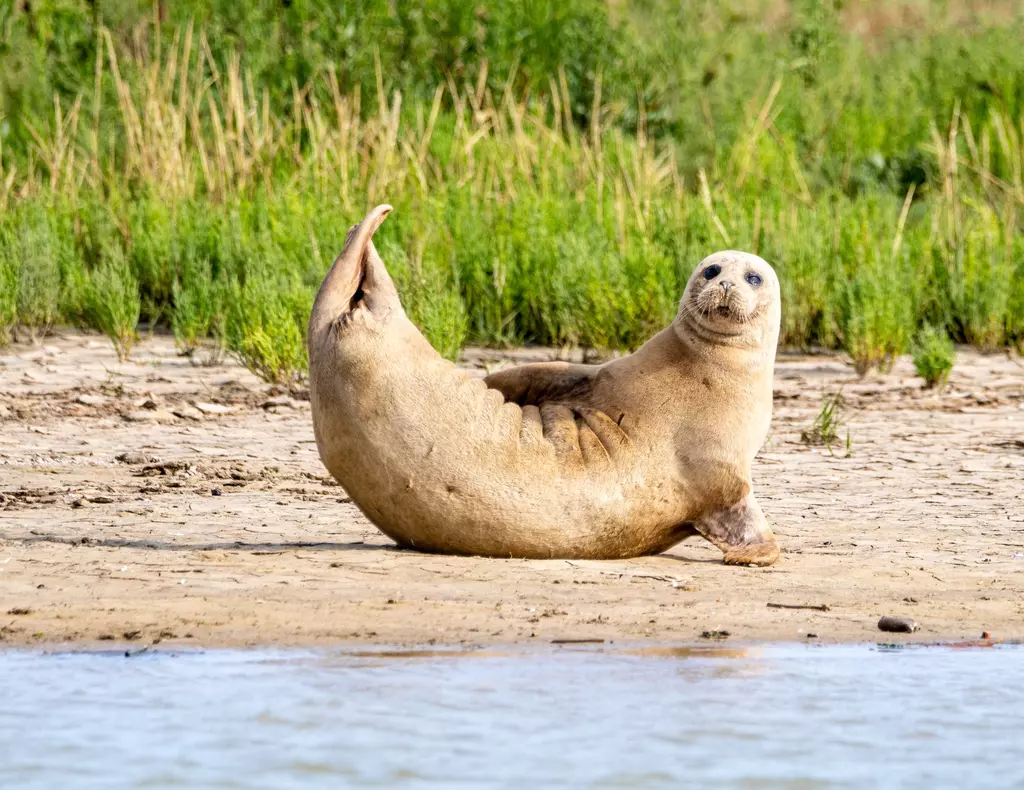
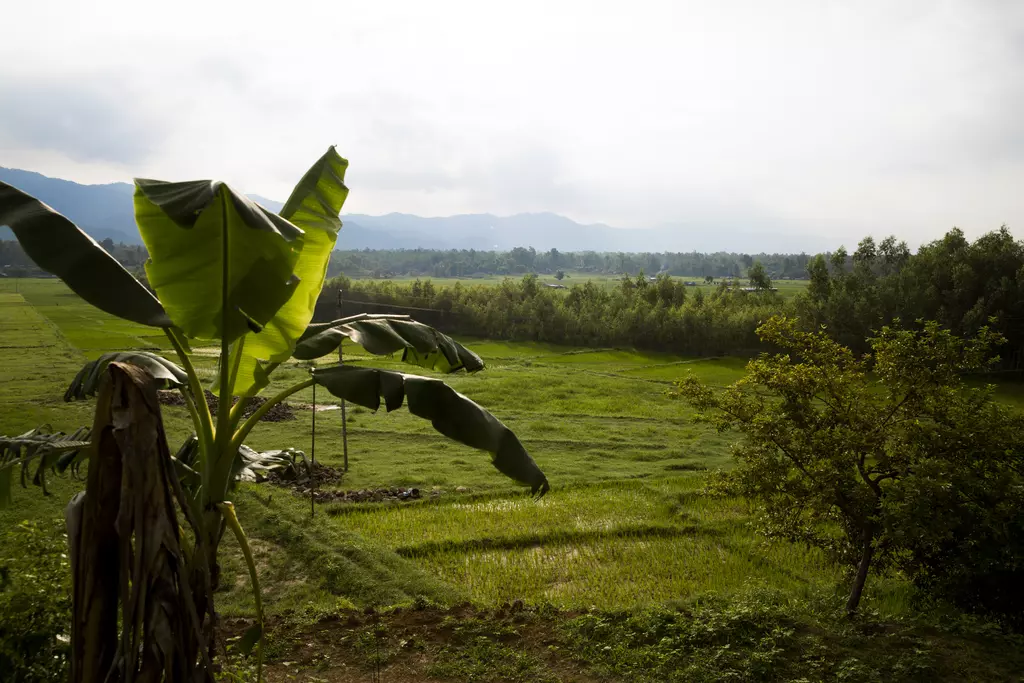
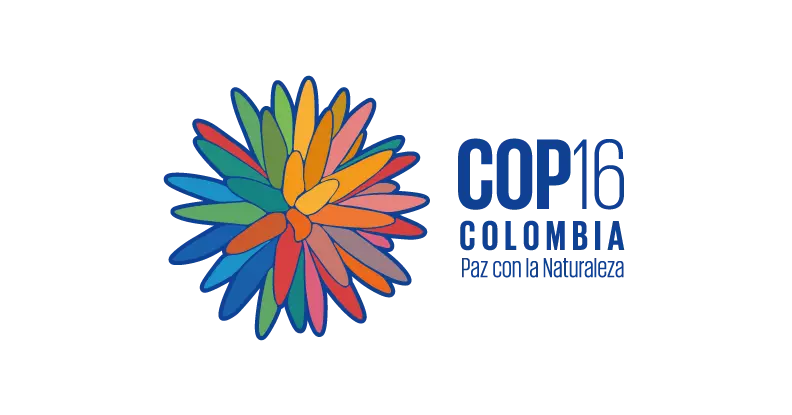

Leave a Reply